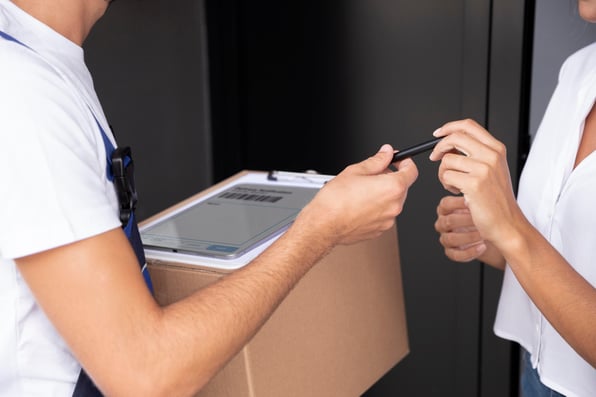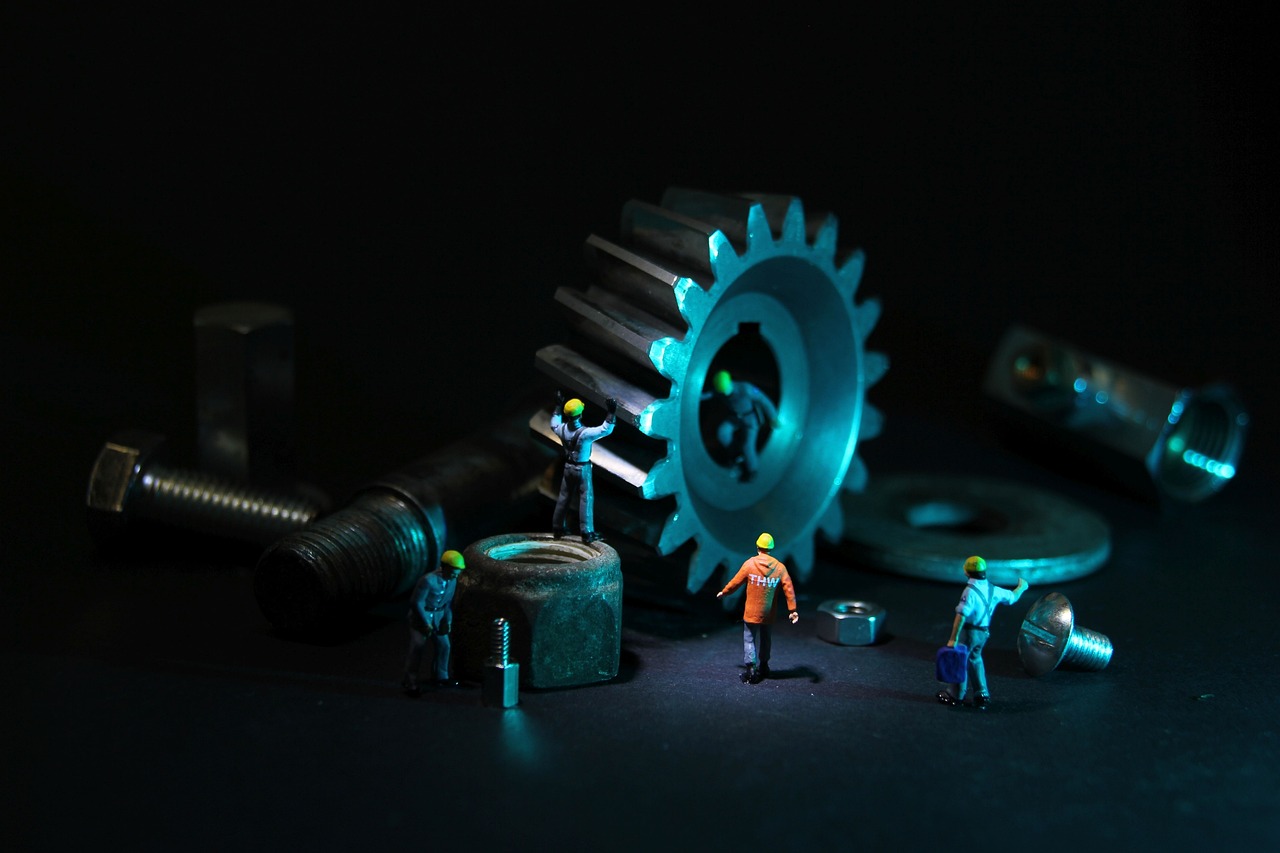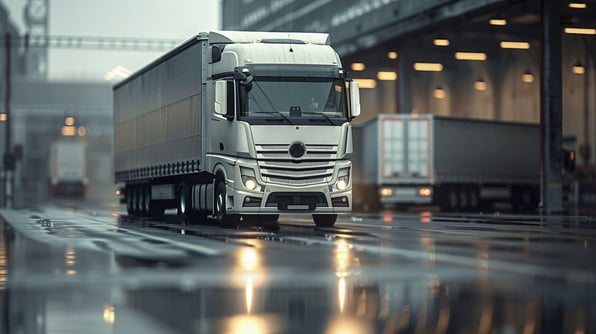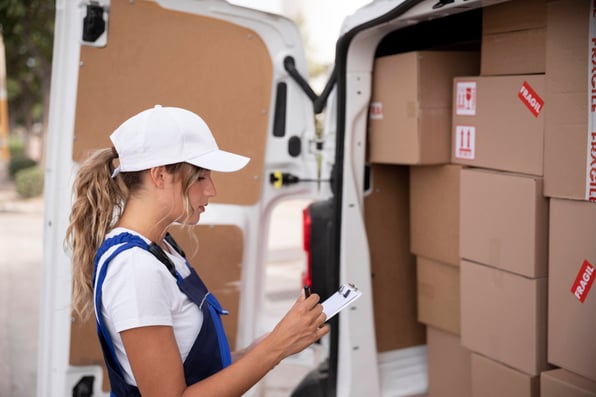
CWMS: Revolutionizing Preventive Maintenance for Restaurants
Ciprian Chiripuci

In the fast-paced world of the restaurant industry, staying on top of maintenance tasks is crucial to ensure smooth functioning of operations and to provide a pleasant dining experience for customers. Traditional approaches to maintenance management often prove inefficient and time-consuming, leading to unexpected breakdowns, customer dissatisfaction and financial losses. However, with the advent of collaborative work management systems, restaurants now have a powerful tool to streamline their preventive maintenance processes, reduce downtime and maximize operational efficiency. In this article, we will explore how collaborative work management systems can revolutionize preventive maintenance for restaurants.
Understanding Collaborative Work Management Systems
Collaborative work management systems are digital platforms designed to facilitate communication, coordination and task management within organizations. These systems bring together teams, processes and data into a centralized and accessible space, enabling seamless collaboration and efficient workflow management. In the context of preventive maintenance for restaurants, a collaborative work management system can serve as a comprehensive solution to address the complexities and challenges associated with maintenance tasks.
Examples of CWMS for Preventive Maintenance
Task Management:
The platforms offer intuitive task management features, allowing restaurant staff to create, assign and track maintenance tasks effortlessly. With these systems, tasks can be categorized, prioritized and assigned to the right team member, ensuring that no maintenance issue goes unnoticed or unattended.
Communication and Collaboration:
CWMS enable real-time communication and collaboration among team members. Restaurants can use these platforms to create dedicated channels or groups for maintenance-related discussions, facilitating quick problem resolution, sharing of updates and knowledge exchange.
Maintenance Tracking:
Maintenance-specific software solutions help restaurants monitor and track maintenance activities. These systems allow users to schedule routine inspections, create maintenance logs, generate reports and maintain an organized record of all maintenance-related information.
Benefits of Collaborative Work Management Systems for Preventive Maintenance
Enhanced Efficiency:
By utilizing a collaborative work management system, restaurants can streamline their preventive maintenance processes, reduce manual errors and eliminate paperwork. Task automation and centralized data storage ensure that maintenance tasks are assigned, tracked and completed efficiently, leading to improved productivity.
Proactive Maintenance:
Collaborative work management systems enable restaurants to shift from reactive maintenance to proactive maintenance strategies. By scheduling and tracking routine inspections, identifying potential issues in advance and proactively addressing them, restaurants can prevent unexpected breakdowns and minimize costly repairs.
Improved Communication:
Clear and effective communication is essential for successful preventive maintenance. Collaborative work management systems facilitate seamless communication and collaboration among different teams and stakeholders involved in maintenance activities, ensuring that everyone remains informed, aligned and accountable.
Data-Driven Insights:
With collaborative work management systems, restaurants can capture and analyze maintenance-related data. By leveraging this data, they can identify patterns, detect recurring issues and make informed decisions to optimize maintenance processes, reduce costs and extend lifespan of their assets.
Best Practices for Implementing Collaborative Work Management Systems
Establish Clear Objectives:
Before implementing a collaborative work management system, clearly define your goals and expectations. Determine what specific maintenance tasks and processes you aim to improve and ensure that the chosen system aligns with your requirements.
Train and Engage Staff:
Provide comprehensive training to your staff on how to effectively use collaborative work management system. Encourage active participation, answer questions and address any concerns to ensure a smooth transition and maximize adoption.
Standardize Processes:
Develop standardized maintenance procedures and workflows to ensure consistency and efficiency across teams. Document best practices, create templates and provide guidelines within the collaborative work management system to facilitate uniformity in task execution.
Regularly Review and Adapt:
Continuously evaluate the effectiveness of your preventive maintenance processes through data analysis and feedback. Make adjustments as necessary, incorporate lessons learned and evolve your practices to optimize performance and achieve long-term success.
Conclusion
Collaborative work management systems have the potential to revolutionize preventive maintenance in restaurants, offering a host of benefits such as enhanced efficiency, proactive maintenance, improved communication and data-driven insights. By implementing these systems and following best practices, restaurants can streamline their maintenance processes, minimize downtime and provide a superior experience to their customers. Embracing collaborative work management systems not only saves time and money but also enables restaurants to focus on their core mission of delivering delicious meals and exceptional service to diners.
Related posts
Here are some resources to help you get more out of your assets


Ciprian Chiripuci
Truck Sealing in Delivery Logistics: Definition, Benefits and Best Practices

Ciprian Chiripuci
Mastering that Last Mile
READY TO TALK?